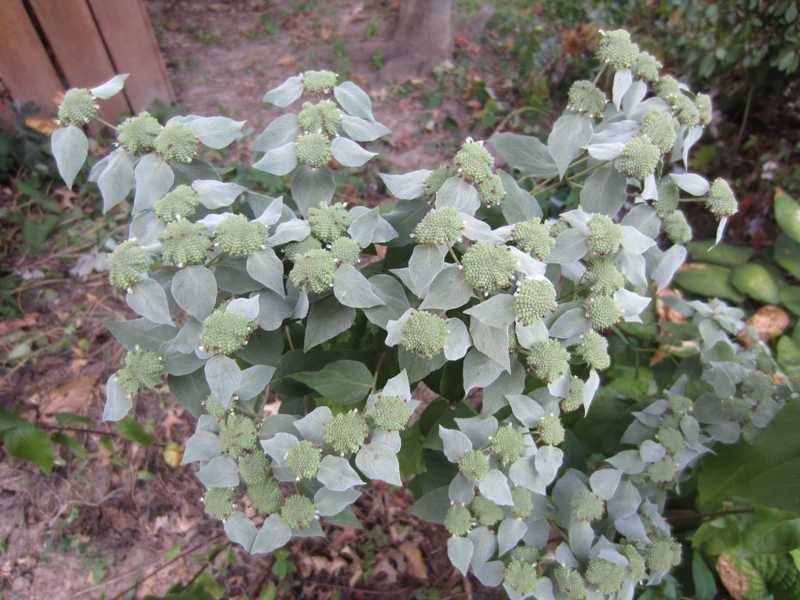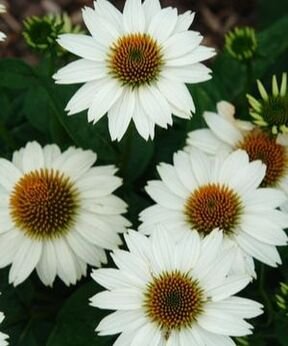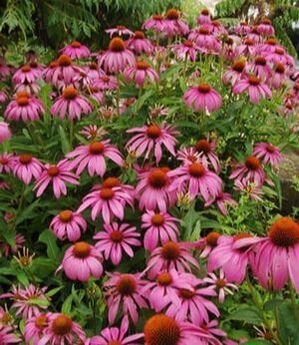“Native-Ish”
Pycnanthemum muticum - Image from Missouri Botanical Gardens
Read this blog to hear more about what we call "Native-ish" plants.
We use the term Native-ish a lot. This term is meant to show two things: that we are committed to an environmental approach when it comes to plants and that in general, we can't create a perfect ecosystem with landscaping projects. What do I mean by that? In one of our recent posts, Native, Cultivar, Variety, Invasive - Whats the difference?, we mention that some cultivars are sterile or could cause problems for pollinators. But even purists who say "only use natives!" are buying native cultivars. Of course, if you are interested in cultivars, the best option is to purchase ones that stem from plants that are native to your region. We're not trying to convince you to go harvest native plants from the wild and transplant them in your garden, but we are saying stay as close to nature as possible. Cultivars are not always bad. In fact a lot of plants you buy from nurseries do have positive impacts for critters such lady bugs, bees, moths, chipmunks, wasps, bats, ect.
A good example is Pycnanthemum muticum, or mountainmint (shown in the image above). We plant thousands of Pycnanthemum every year. Every time we make a plant order we try to make sure this is part of the plan. It's a great plant and can survive many different conditions. It can thrive in moist or dry soil. sun or shade, etc. It looks beautiful in spring, with its dark green leaves, and even more beautiful in summer when it flowers. Pollinators love it but every species we get is a cultivar because it comes from a nursery. Don't let the term scare you away from plants that could be really beneficial. Echinacia Purpurea Pow Wow is another example. There are lots of true natives within this species but some of these very popular ones are cultivars. They are beneficial but they don't last very long. They will grow in white for a few years but then either they will revert to the natural Echinacia Purpurea or will die out. These plants always try to fall back to their roots. What we're really looking for is good neighbors. Trying to eliminate any native impacts like those of invasive while providing the benefits. Balancing the sustainability that we find so important with the beauty that a sustainable garden can offer.
Echinacia Purpurea Pow Wow White
Echinacia Purpurea - Photos by North Creek Nursery


